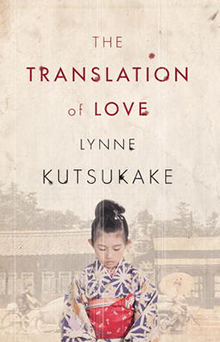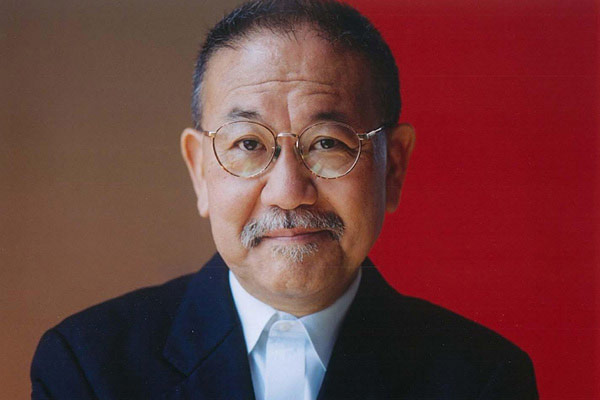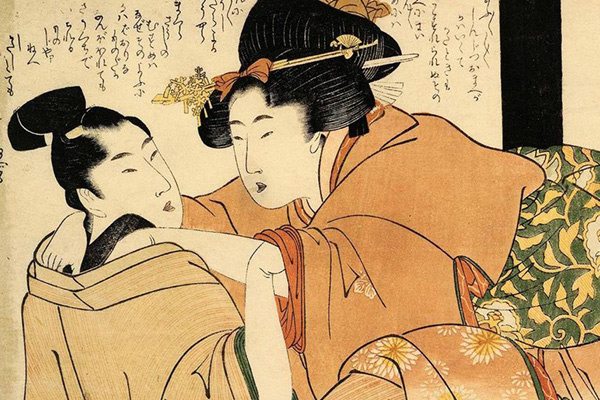Knopf Canada, 315 pages, 2016
by David Fujino
The Translation of Love is a true contribution to Japanese Canadian literature because it goes beyond the familiar telling of the World War 2 internment experience found in notable novels like Obasan and The Electrical Field and tells instead the mostly untold story of those who spent their post-war years in a war-torn Japan.
The novel’s set in 1947, and U.S. General Douglas MacArthur, with his signature aviator-style sunglasses and corncob pipe, reigns as the supreme conquering hero of Japan. Into this world of cataclysmic change and instability enter the two principal characters, two young school girls, Aya Shimamura from Canada, and Fumi Tanaka of Japan.
Recently released from a Canadian internment camp in 1946, thirteen-year old Aya is now living in Japan with her widowed, embittered father who took up the Canadian government’s forced option of repatriating to Japan. While Aya’s English-speaking abilities are valued by the principal of her new school, to the other students she’s a “repat” (repatriated) and a social pariah speaking a fractured Japanese — but her feisty classmate, Fumi, decides that Aya is a useful ally in her search for her beautiful older sister, Sumiko, who has mysteriously disappeared into the back alleys of the red light district in Tokyo. In desperation, Fumi asks Aya to write a letter to MacArthur, asking for his help.
Aya serves as a fictional bridge between the Japanese and the Japanese Canadians at the office of translations where the sympathetic Nisei translator Matt Matsumoto and typist Nancy Nogami eventually assist in the search for Fumi’s sister. Aya confidently believes she’s capable of writing a letter that will attract the attention of MacArthur and seemingly functions as a stand-in for the author’s view of the craft of writing. “Aya had never written to a total stranger before, but she was surprised by the power she felt in using words to command a person’s attention. Simple marks on a piece of paper, simple words, which, if arranged in just the right order, could compel even a general to stop and take notice.” [p:89]
The Translation of Love is a novel very much born of extensive research, and while two titles have particularly inspired the author — Dear General MacArthur: Letters from the Japanese during the American Occupation by Sodei Rinjaro, and John Dower’s Embracing Defeat: Japan in the Wake of World War II — somehow little of the fine details of the daily chaos and ruin of a bombed-out Tokyo appear in Kutsukake’s grit-free, broadly descriptive and sparse prose.
But especially worth mentioning is a secondary plot about Kondo Sensei (Aya and Fumi’s teacher) and the separate yet equally sympathetic efforts of Matt Matsumoto at the office of translations. Both men are supportive of the two girls — Kondo-san as a teacher of young minds; Matsumoto as a translator who helps unite the missing Sumiko with her family. Being two sides of the same coin, both men offer true kindness, warmth and empathy toward others.
However, it’s as a work of fiction that — with a central mystery that loses its mystery (you know how the story ends) — the novel unfortunately begins to disappoint, and throughout the recurring three to four- age sections that make up each of the 54 interlocking chapters, the apparent intention of the editor and publisher to produce a book that’s easily digestible, and sellable, is none too subtly revealed. Such constructed page-turner narratives will certainly appeal to some readers, but others will lament a lack of depth in the characters and story and suspect that, at the end of the day, coincidence plays an excessive part in tying up the story.
But as a well-researched history lesson — what were Japan and the lives of Japanese like in 1947? how readily did Japan accept the influx of Japanese Canadians into their devastated society? — The Translation of Love undeniably stands as an exemplary work of Japanese Canadian historical fiction.




